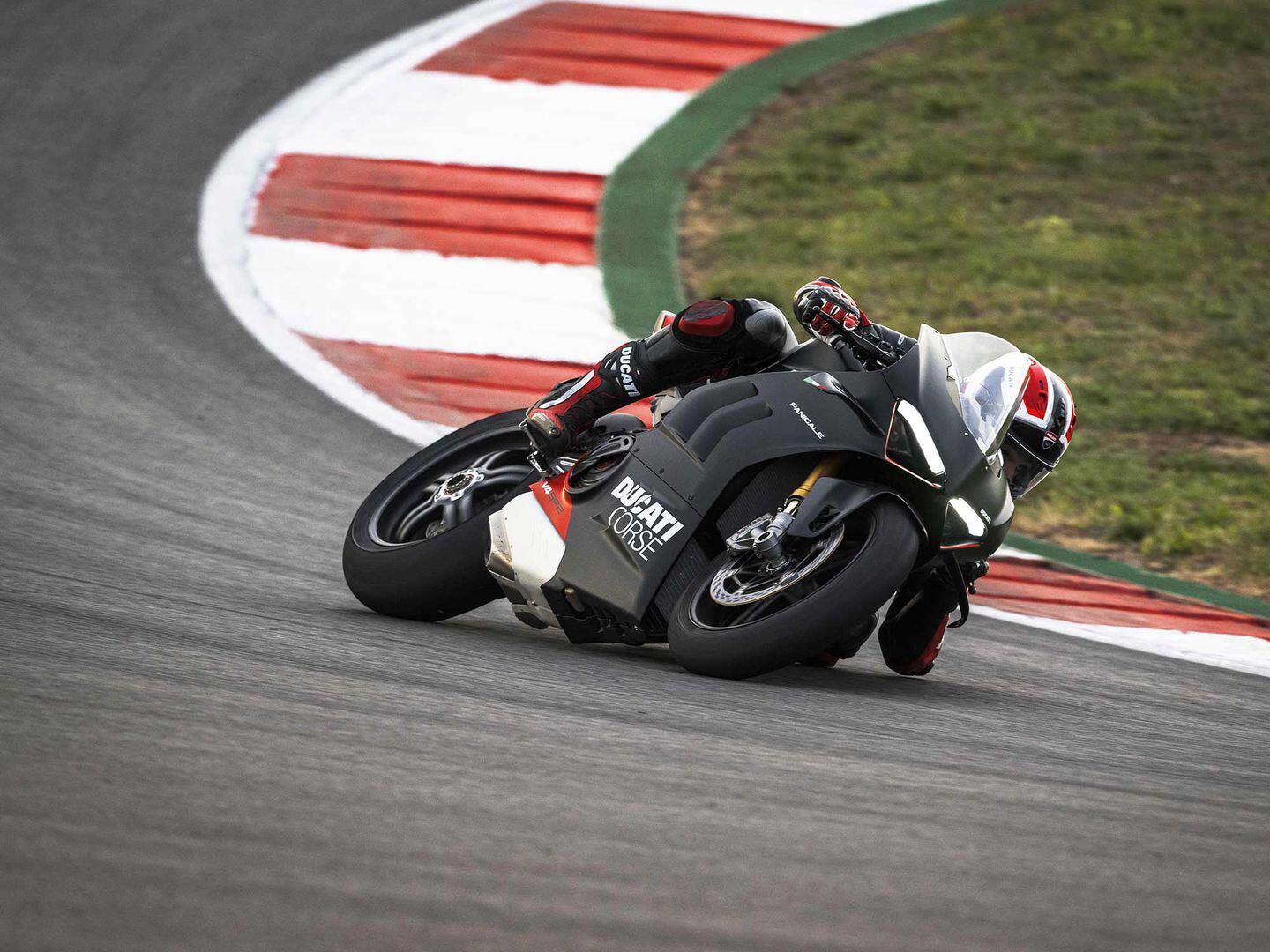
 |
|
|
#1 |
|
All the news that's fit to excerpt
Name: newsie
Location: who knows?
Join Date: Jun 2008 Motorcycle(s): only digital replicas Posts: Too much.
|
[cycleworld.com] - Suspension Travel
Better suspension doesn’t just mean more of it, as Cycle World’s tech guru shows.
Click here to view on their site.  Kevin Cameron has been writing about motorcycles for nearly 50 years, first for Cycle magazine and, since 1992, for Cycle World. (Robert Martin/)The motorcycle began as a bicycle with an engine added, but the harder jolts of higher speeds soon required a degree of front suspension to stop forks from breaking and to protect the rider’s hands from road shock. Even an inch of movement greatly softened bump impacts. Rear suspension was tried and offered for sale before World War I (1914–1918), but early designs lacked stiffness and acquired a reputation of failure. Until the 1930s, the dominant form of motorcycle chassis was therefore a spindly girder fork up front, providing maybe an inch and three-quarters of wheel travel, with the rear wheel attached rigidly: the hardtail. The ride was softened by sprung seats and large-section lower-pressure rear tires. Enter the Swingarm After Stan Woods’ swingarm-equipped 500 Guzzi won the 1935 Isle of Man TT, it was clear that higher speeds were now giving so-called “rigid frames” too much air time. To restore tire grip and go faster, rear suspension had become a necessity. From 1935 to the early 1950s, front and rear suspensions existed in primitive form, providing just enough wheel travel to save the rider from the worst impacts. Longer suspension travel was discouraged by the crudeness of the dry-friction “scissors” dampers then available. Such dampers had high stiction (the force required to start their movement). That made suspension movement harsh and irregular, and their erratic action made it impossible to smoothly control longer suspension movement. Designers in this period appeared to think, “Yes, we do need suspension, but because its side effects are so troublesome, the less of it we have the better.” During this same time, sports car enthusiasts first formed their long-lasting and influential opinion that, for best performance, suspension should be so stiff as to require frequent stops to pee. The Damping Revolution In 1950 came the first damping revolution: the twin-loop chassis with telefork and swingarm, both damped by smooth hydraulic means rather than by dry friction, built by the McCandless brothers for Norton’s factory roadrace team. In Germany, Mercedes engineers educated through that nation’s system of higher technical universities designed that company’s W196 GP car (active from 1954-55) to provide as much as 9 inches of wheel travel. This was a huge departure from the “stiff suspension is best” tradition. To make it work, Mercedes designed a chassis much stiffer in torsion than the chattering ladder frames of other makers. In his book It Was Fun!, engineer Tony Rudd describes doing something that his colleagues evidently did not: walking out on the circuit to watch how racing cars behaved in corners. At the time he was a junior person at BRM, but he was astounded to see that company’s superpowerful supercharged V-16 chatter itself nearly off the track. Why? Its flexible ladder frame, normal design practice at the time, was excited into exaggerated undamped motion by the stiffness of its MG TC suspension.  There was a time when stiff suspension with short travel was thought to be the key to going fast. Now, modern superbikes have around 5 inches of travel to help them stay connected to the track. (Ducati/)Last week I read the late Bill Lomas’ excellent book World Champion Road Racer,* in which he recounts again and again how chassis problems of 1950s factory teams were allowed to continue unaddressed because riders and engineers inhabited separate worlds. From the mid-1950s onward, the new motorcycle orthodoxy was hydraulic damping at both ends with a telefork up front and swingarm behind, with 3 to 4 inches of travel in the fork and 3 inches at the rear wheel. Motocross Means More Travel Then came motocross. The special needs these bikes brought to the track changed everything. Using the long-travel single-rear-shock concept of Belgian Lucien Tilkens, Yamaha showed that longer suspension travel could greatly enhance grip and control over rough surfaces. Comparing long- and short-travel suspensions, it turns out that ability to absorb bump energy is proportional to wheel travel squared. Why is that important? Because ultimately what a rider can do on an MX bike is limited by ride harshness, and it is suspension that either transmits harshness to the rider or protects the rider from it. The switch from the traditional 3-inch-travel rear suspension to longer and longer travel had the effect of continuing to protect the rider from harshness at a much higher level of performance.  Motocross motorcycles now have a foot of suspension travel, lessons from longer travel in the dirt eventually moved to the street. (Jeff Allen/)
__________________________________________________
I'm a bot. I don't need no stinkin' signature... |
|
|

|
 |
 Similar Threads
Similar Threads
|
||||
| Thread | Thread Starter | Forum | Replies | Last Post |
| [cycleworld.com] - MotoGP Bans 200-Year-Old Suspension Concept | Ninjette Newsbot | Motorcycling News | 0 | April 20th, 2022 11:52 AM |
| Front suspension travel question. | SibSerge | 1986 - 2007 Ninja 250R Tech Talk | 26 | March 9th, 2021 04:28 PM |
| [roadracingworld.com] - Motosports Travel Pledges Portion Of MotoGP Travel Package Sa | Ninjette Newsbot | Motorcycling News | 0 | March 16th, 2015 09:20 AM |
| [RoadRUNNER] - BMW R 1200 GS Plug & Travel Suspension from Touratech | Ninjette Newsbot | Motorcycling News | 0 | April 21st, 2014 03:00 AM |
| [roadracingworld.com] - JRi Shocks And GP Suspension Team Up To Offer Suspension Pack | Ninjette Newsbot | Motorcycling News | 0 | November 14th, 2012 01:40 PM |
|
|